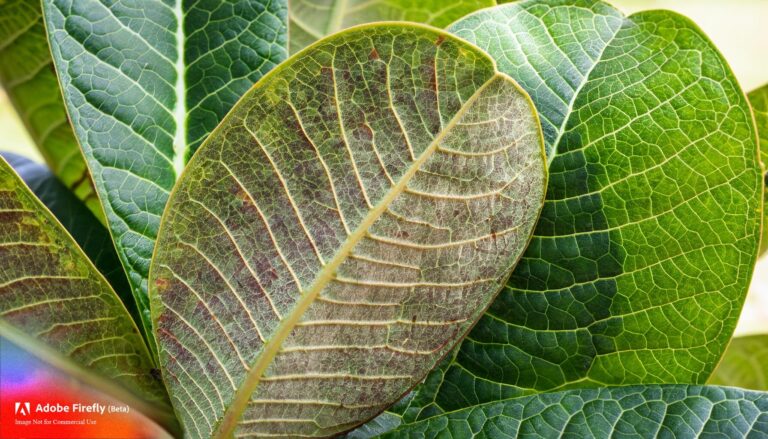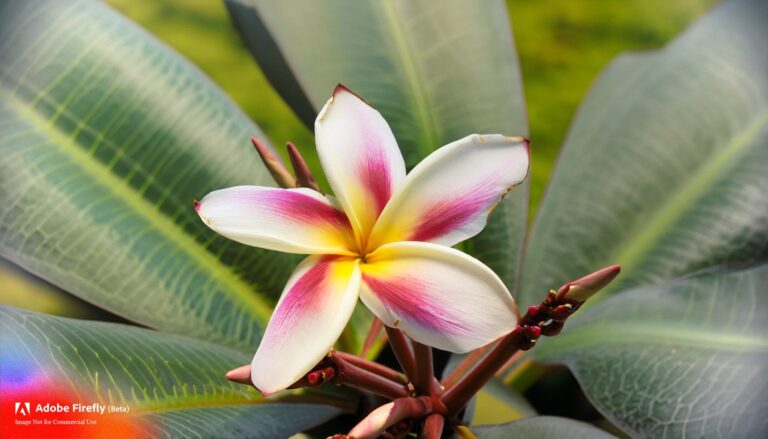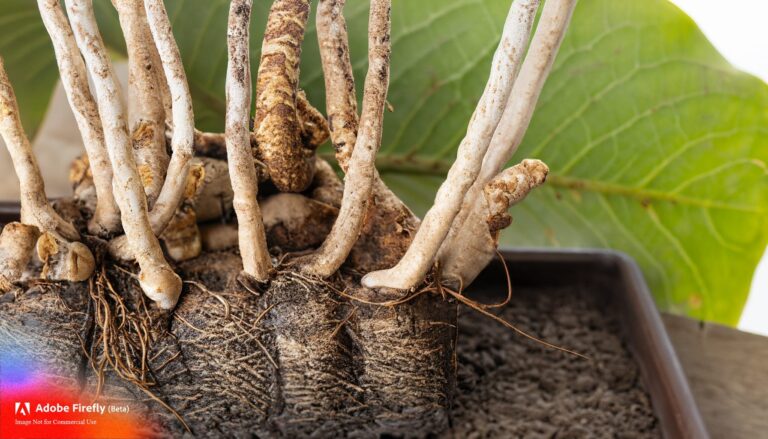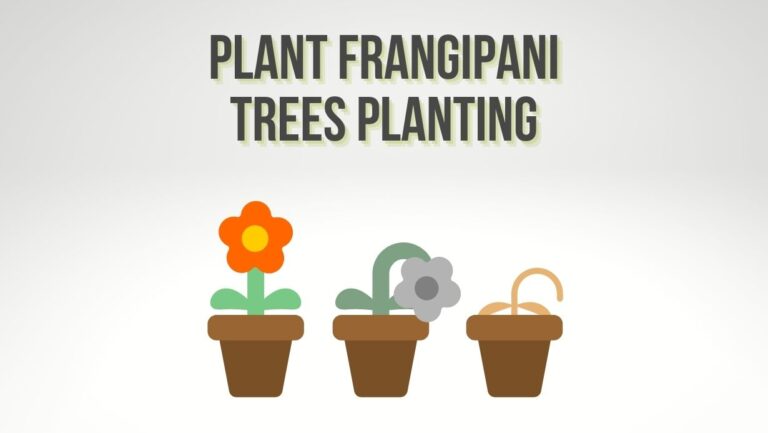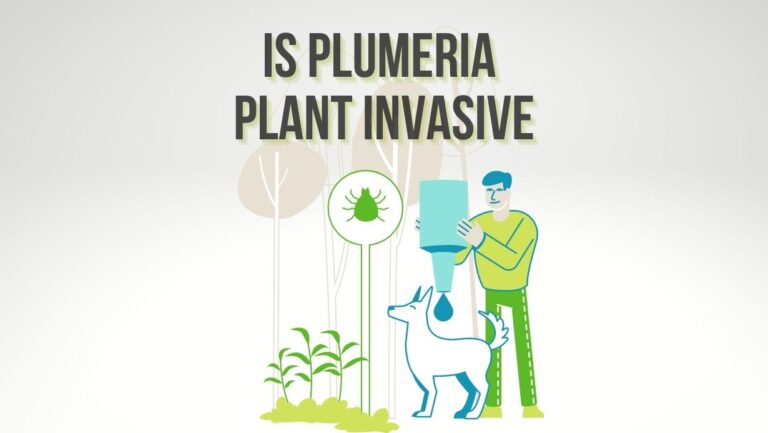
Introduction
Plumeria, also known as frangipani, is renowned for its stunning and fragrant flowers that grace gardens and landscapes. However, there are instances when plumeria plants fail to produce blossoms as expected. The phenomenon of inhibited flowering in plumerias can be frustrating for enthusiasts and gardeners. In this comprehensive guide, we will delve into the intricate world of plumeria flowering inhibitors, exploring the factors that can impede flowering, their effects on the plant, and strategies to overcome these challenges.
Understanding Flowering Inhibitors
Flowering inhibitors are external factors that hinder or delay the natural process of flower formation and development in plants. For plumerias, inhibited flowering can be caused by a combination of environmental, cultural, and physiological factors. Understanding these inhibitors is crucial for creating conditions that promote abundant and timely blooming.
Causes of Flowering Inhibition in Plumerias
- Insufficient Light:
- Plumerias require a substantial amount of direct sunlight to stimulate flowering. Insufficient light levels, especially in shady or overcast conditions, can impede flower bud formation.
- Nutrient Imbalance:
- Imbalances in essential nutrients, particularly nitrogen, phosphorus, and potassium, can disrupt the plant’s hormonal balance and negatively impact flower production.
- Pruning Timing:
- Improper timing or excessive pruning can remove flower buds or disrupt the plant’s ability to initiate new blooms.
- Cool Temperatures:
- Plumerias are sensitive to cold temperatures, and exposure to chilly conditions, especially during the budding stage, can inhibit flower formation.
- Water Stress:
- Inconsistent watering or extended periods of drought stress can lead to inhibited flowering. Water stress affects the plant’s physiological processes, including flower development.
- Root Bound Plants:
- When plumerias are confined in pots or containers with restricted root space, they may experience inhibited flowering due to restricted nutrient uptake and limited growth.
- Pest and Disease Infestations:
- Insect pests and diseases can weaken plumeria plants, diverting their energy away from flowering.
- Environmental Stress:
- Excessive heat, extreme humidity, and other adverse environmental conditions can disrupt the plant’s physiological functions and affect flowering.
Effects of Flowering Inhibition
- Reduced Aesthetic Appeal:
- Plumerias are cherished for their beautiful and fragrant flowers. Inhibited flowering diminishes the visual appeal of the plant and its contribution to the landscape.
- Frustration for Enthusiasts:
- Gardeners and enthusiasts who eagerly await plumeria blossoms may experience disappointment and frustration when flowering is inhibited.
- Loss of Garden Value:
- In landscapes or gardens where plumerias are planted for their ornamental value, inhibited flowering can lead to a decrease in the plant’s overall worth.
Strategies for Overcoming Flowering Inhibitors
- Optimal Light Exposure:
- Ensure that plumerias receive a minimum of 6 hours of direct sunlight daily to stimulate flower bud formation.
- Balanced Nutrition:
- Provide plumerias with a balanced fertilizer that contains a higher phosphorus content to encourage flowering. Avoid excessive nitrogen, which can promote vegetative growth at the expense of blossoms.
- Pruning Techniques:
- Prune plumerias judiciously during the dormant season to encourage the development of new growth and flower buds.
- Temperature Management:
- Protect plumerias from cold temperatures by bringing them indoors or providing temporary shelter during chilly weather.
- Consistent Watering:
- Maintain a consistent watering schedule to prevent water stress. Ensure the soil is well-draining to avoid waterlogged roots.
- Root Health:
- Regularly repot or root prune plumerias grown in containers to prevent them from becoming root bound.
- Pest and Disease Control:
- Implement effective pest and disease management practices to keep plumerias healthy and focused on flower production.
- Environmental Adjustment:
- Shield plumerias from extreme weather conditions by using shade cloths or providing temporary shelter when needed.
Conclusion
Understanding the intricacies of plumeria flowering inhibitors empowers gardeners and enthusiasts to create optimal growing conditions that encourage abundant and timely blooms. By addressing the causes of inhibited flowering, adjusting cultural practices, and providing the necessary care, plumeria enthusiasts can overcome these challenges and enjoy the captivating beauty and alluring fragrance that these tropical plants are known for. The journey to flourishing plumeria blossoms involves a delicate balance of environmental stewardship and horticultural expertise, resulting in a garden filled with vibrant and aromatic floral displays.


